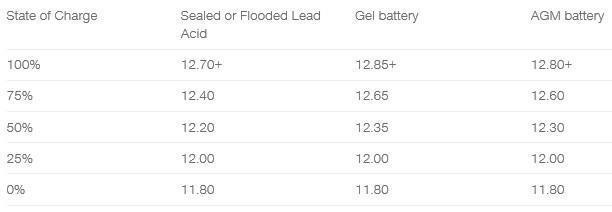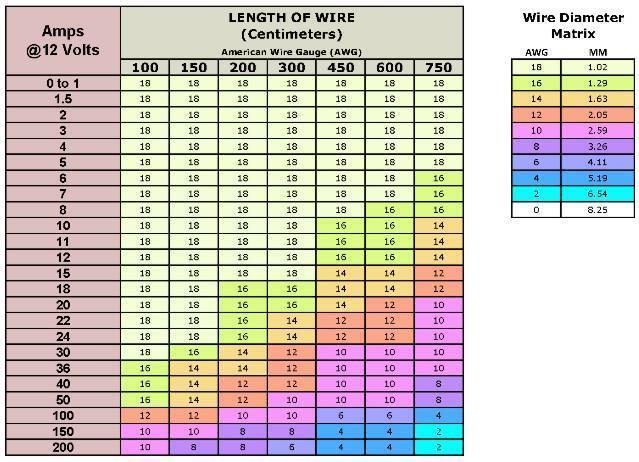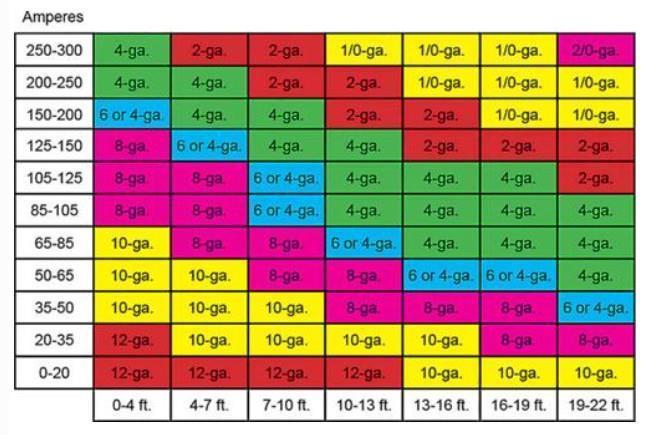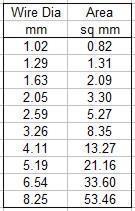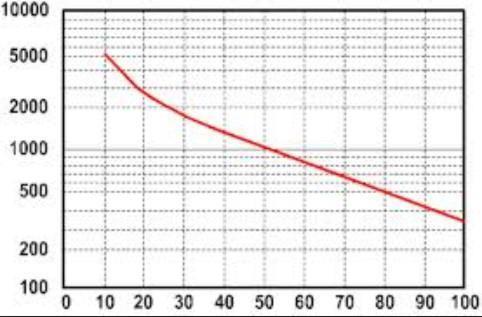CYCLE LIFE
This is, how many times you can partially discharge the fully recharge a deep cycle battery. One cycle is equal to using some capacity, then recharging.
From the chart below, you can see that a 50% discharge rate will give approximately 1,000 cycles, whereas a 25% discharge rate will give about 2,500 cycles.
So if you cycle once per day, 50% will give you just under about 2.7 years, 25% will give you about 6.8 years. Of note is, if you cycle 90% your battery may last a year if you're lucky.
What this means is, and, using a 100AH AGM as an example;
If you have a requirement to constantly use 50 AH a day (50%), your battery/ies will last longer if you have 200AH of capacity. The 50 AH need is then 25% of capacity.
This goes back to earlier comments that you first have to know what you need, before you decide how to provide it. Then, given that you most likely don't have mains electricity, decide on how to charge your battery.
Before, I deal with that subject, an important comment.
If you have a need for two batteries i.e. 2 x 100AH AGMs, connected in parallel, (please let me know if you need an explanation of parallel and series connection) then both batteries need to be of the same brand, capacity, age and if possible manufacturing batch. If one of the batteries is weaker than the other, it will drag the better one down to its level.
I am in the process of assessing my new caravan's battery, it came with an 80AH GEL @ approx 25kg. I would prefer it to be an AGM and I want more than 80AH. It is far better for me to look at 1 x 160AH AGM @ about 46kg, than buy 2 x 80AH @ a total of about 50kg and parallel connect them. Plus one big battery takes less space than 2 smaller ones. I will also need to reassess the charger.
Next - Charging batteries in the bush (As charging differs depending on battery type, and, I would only ever advocate AGM, that is what I will base charging on).




